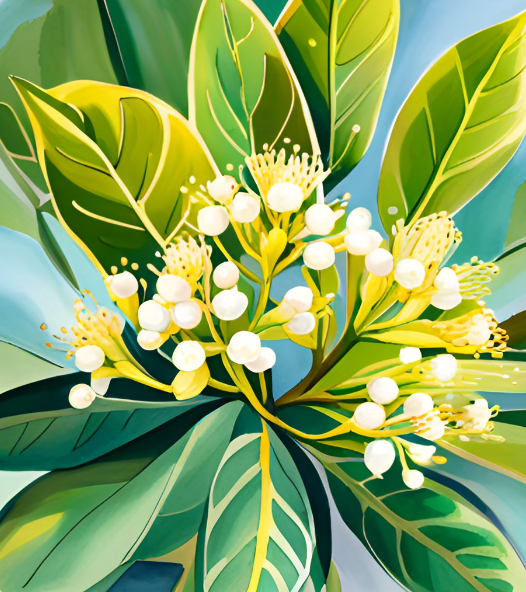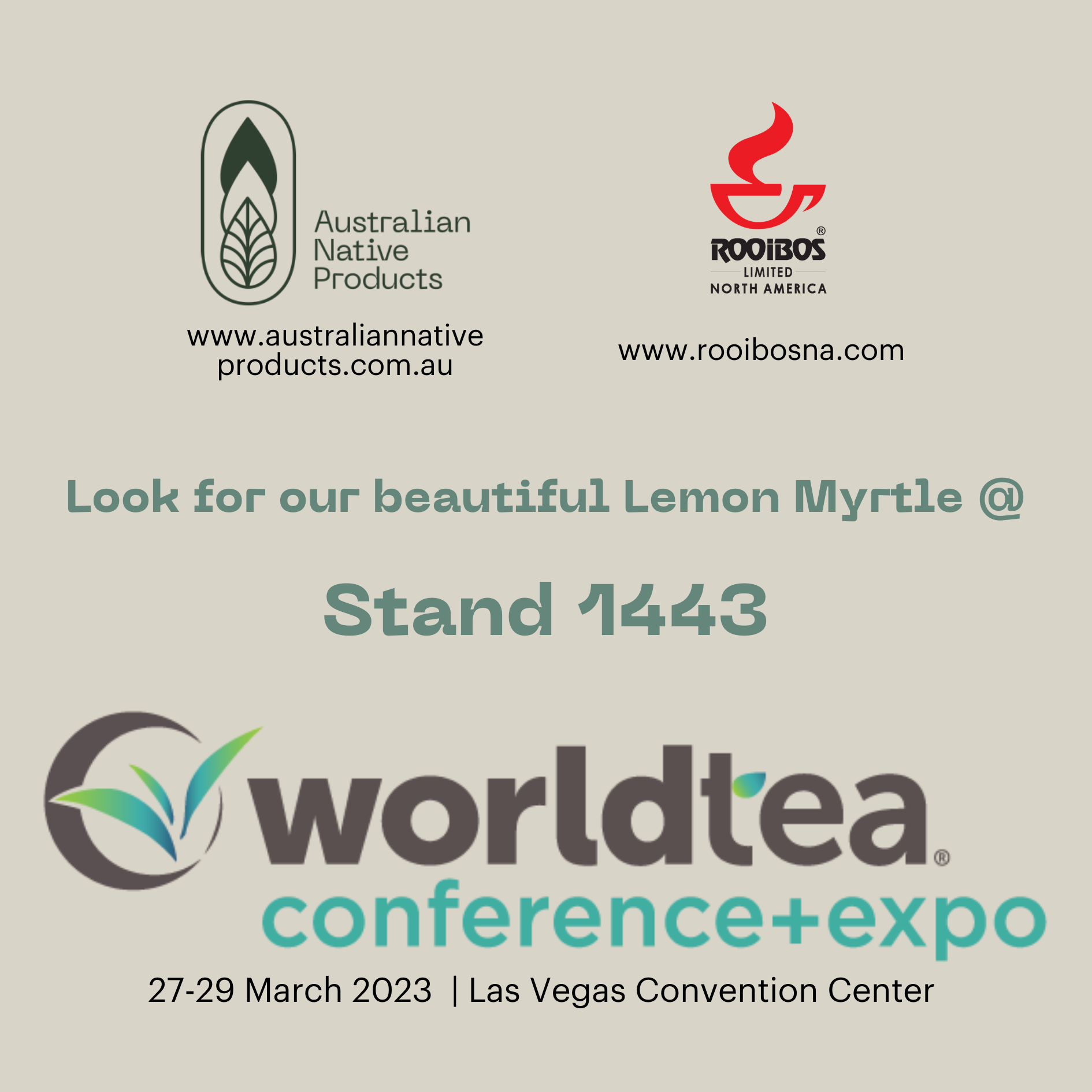
A Dive Into the History of Australia's Lemon Myrtle
Australia is home to a rich array of native plants, one of which is the remarkable Lemon Myrtle, a versatile and aromatic botanical marvel. The Lemon Myrtle story is deeply rooted in Australia's history and offers an insightful glance into the country's botanical heritage.
Indigenous Beginnings: Unearthing the First Use of Lemon Myrtle

The Lemon Myrtle journey began with the First Australians, the indigenous inhabitants of Australia's northern NSW and Queensland. They were the first to recognise the plant's culinary potential and medicinal benefits. For thousands of years, the Lemon Myrtle was a mainstay in their kitchens and medicine cabinets. They creatively used the leaves in cooking, wrapping them in paperbark to infuse fish dishes with a vibrant flavour. Additionally, crushed leaves were inhaled for their calming effects and as a treatment for headaches.
The British Era: The Naming and Scientific Recognition
The arrival of the British settlers in Australia marked a new chapter in the Lemon Myrtle story. Botanist Ferdinand von Mueller, impressed by this Australian native, awarded it the scientific name, Backhousia citriodora in 1853. He named the genus in honour of his friend and fellow botanist, James Backhouse.
Early Commercial Milestones

The Lemon Myrtle's journey to commercial success began when Joseph H Maiden documented its market potential in 1889. Shortly thereafter, the plant's antibacterial properties were formally studied, leading to the first report on Lemon Myrtle essential oil in 1925.
The Second World War: A Citrus Shift
During the Second World War, the Lemon Myrtle found an interesting niche as a flavouring agent for lemonade. However, in the post-war years, its commercial production declined, as it was replaced by other aromatic plants like lemongrass.
The 1990s: The Renaissance of Lemon Myrtle
The 1990s saw a revival of interest in Lemon Myrtle. It was during this period that Australian Native Products (ANP), a pioneer in native plant farming, established a plantation in The Channon, northern NSW. This region, situated on the edge of a rainforest, provided the ideal conditions for Lemon Myrtle cultivation.
Modern Day: A Testament to Australian Botanical Success
Today, ANP has grown into the world's largest grower and exporter of Lemon Myrtle. Our Lemon Myrtle plantation in The Channon has expanded to 110 hectares, with additional plantings in Mareeba, Far North Queensland. Lemon Myrtle has become a symbol of Australia's botanical excellence and continues to be valued for its therapeutic, sanitizing, aromatic and culinary prowess.
Lemon Myrtle: A Beacon of Australian Botanical Heritage

In conclusion, the Lemon Myrtle has journeyed from indigenous uses, through British colonisation, to commercial recognition and global fame. Today, it's more than just a plant; it's a piece of Australian history, a symbol of resilience, and a testament to the potential of Australian botanicals. Its captivating scent, vibrant flavour, and remarkable properties continue to captivate individuals around the world, affirming its place as a treasured and uniquely Australian botanical.
Stay in the know by clicking here.


